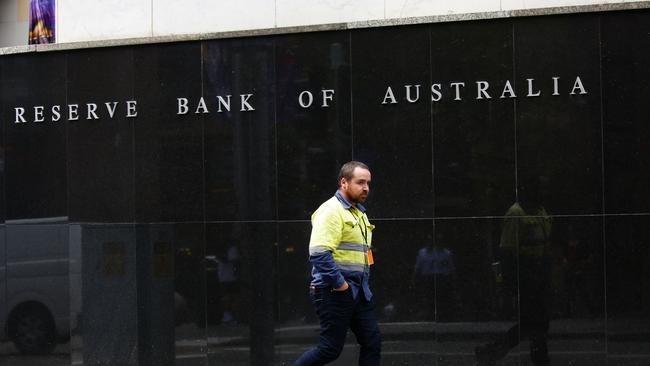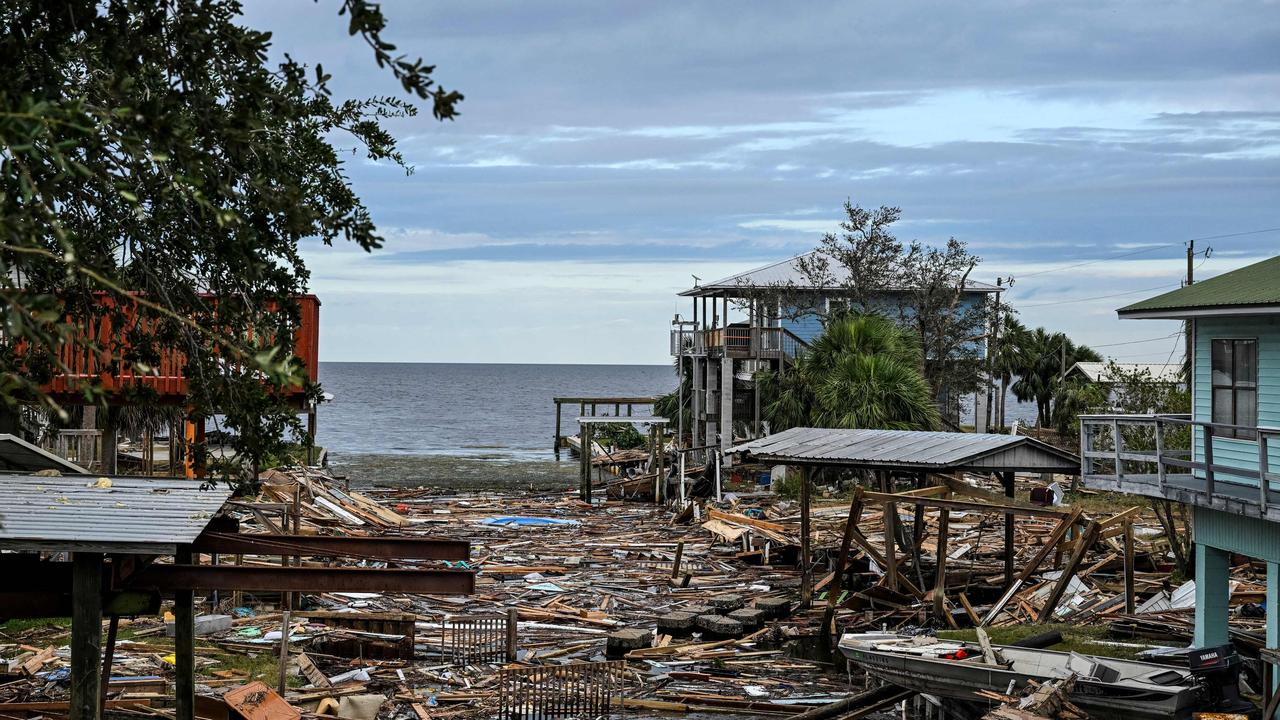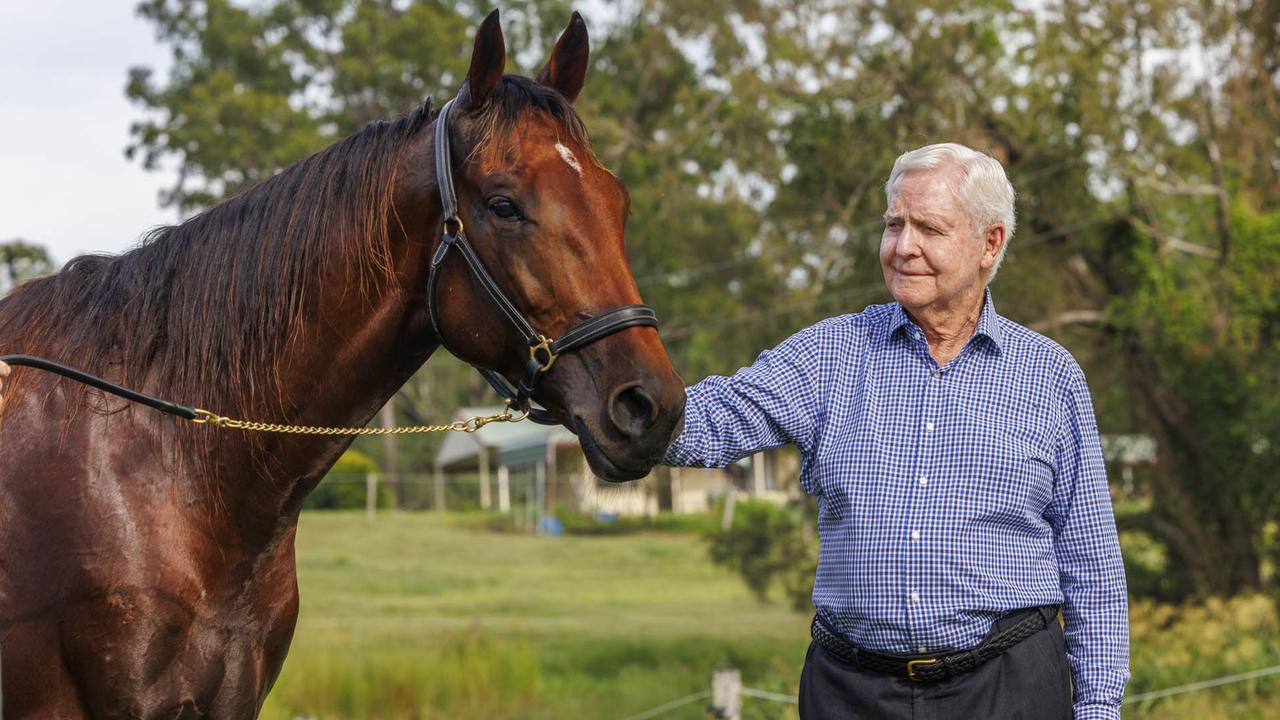
On the surface the US Federal Reserve and the Reserve Bank of Australia have almost identical tasks, but in reality our central bank faces much greater dangers.
Both central banks are trying to curb out-of-control inflation via an economic slowdown at a time when the IMF says the world could soon be on the brink of a global recession as the economies of the US, China and Europe are slowing more sharply than anticipated.
The war in Ukraine, inflation and a resurgent pandemic is inflicting pain on every continent. The IMF warns that if the threats continue to intensify, the world economy faces one of its weakest years since 1970 which was a period of intense stagflation across the globe.
Nevertheless, the US Federal Reserve has made it very clear that it will raise interest rates and withdraw money from the community to the extent that is required to bring inflation back under control.
The American tradition is that when there is an economic problem, you strike hard and suffer whatever pain is required in the knowledge that harsh actions trigger much healthier recoveries.
And already, as the IMF warns there are signs that the US slow down is taking hold, Walmart and Target are slashing prices to clear excess stock and there has been a big fall in shipping costs.
The noises that are coming out of our Reserve Bank indicate that it is planning to duplicate the US strategy and as a result banks around the country are forecasting big rises in interest rates.
As we all know the big difference between Australia and the US is that in the last two years our Reserve Bank, APRA and the government encouraged a crazy mortgage lending spree by our big banks, which means that a significant portion of our consumers are over-borrowed.
And because most of those loans carry either flexible interest rates or rates that are fixed for only short periods, these consumers will face the full brunt of the US-style, anti-inflationary thrusts.
The US simply does not have that problem.
What makes the Reserve Bank’s task even harder is that, leaving aside overseas factors, the main reason why we are in the current mess is that its basic structure failed to alert the bank as to what was really happening in the economy until it was too late.
Now that structure is to be given another test and we must hope they will learn from their mistakes.
There are two basic flaws in the Reserve Bank structure that leave it ill-equipped to manage the difficult task it now has in front of it.
In past decades, the Reserve Bank was a national “ear to the ground” intelligence system covering most states that kept in close touch with what was really happening.
Reserve Bank governors and other officials spent time talking regularly to people in the business community and wider areas.
They even talked to senior journalists around the country, not only conveying Reserve Bank’s views but genuinely seeking information from the journalists.
The first flaw was created when this national network was gradually dismantled and replaced with a set of economists marooned in a large building in Martin Place Sydney totally dependent on the out-of-date statistics that eventually reached their desk.
The second flaw is the board structure.
Obviously I have never attended a Reserve Bank board meeting, but almost certainly, the non-executive directors are bombarded with this massive outdated economic material.
The chairman is the governor and combined with his deputy and the head of Treasury, they are the most three powerful people on the board.
None of them are in regular touch with what’s really happening in the economy.
In the past, the Reserve Bank board usually contained the chief executive of a company that was at the cutting edge – a large retailer, transport group, or building company.
The Reserve Bank board had the knowledge to steer the economy.
If in 2022-23 the Reserve Bank waits for the official statistics to show whether it’s high interest rate and other policies are working and inflation is coming down sharply, it will almost certainly overshoot because, as happened in the boom, it won’t find out what’s really happening until it’s too late.
The Reserve Bank board contains excellent people who, if they see it as their vital role, have the ability and contacts to keep in close touch with companies at other groups at the cutting edge.
Armed with that knowledge they will then need to have the courage to stand up to the statistical avalanche.
What makes the task harder is that we have a substantial segment of the population who are cashed up and continuing to spend because they have limited or no mortgages.
Their spending may obscure what’s happening in the high-mortgage belt.
If the Reserve Bank fails a second time, my fear is that the looming review will recommend that it becomes a home for vested interests.
The ACTU believes that it should have a permanent place on the Reserve Bank board.
If in the union movement there is a person with the skills of Bill Kelty, then of course, they should be on the Reserve Bank board.
But no vested interest group should have a permanent position because once one is recognised, then all sorts of community groups will want equal representation and we will have a central bank that is weak and in the long-term very dangerous.



